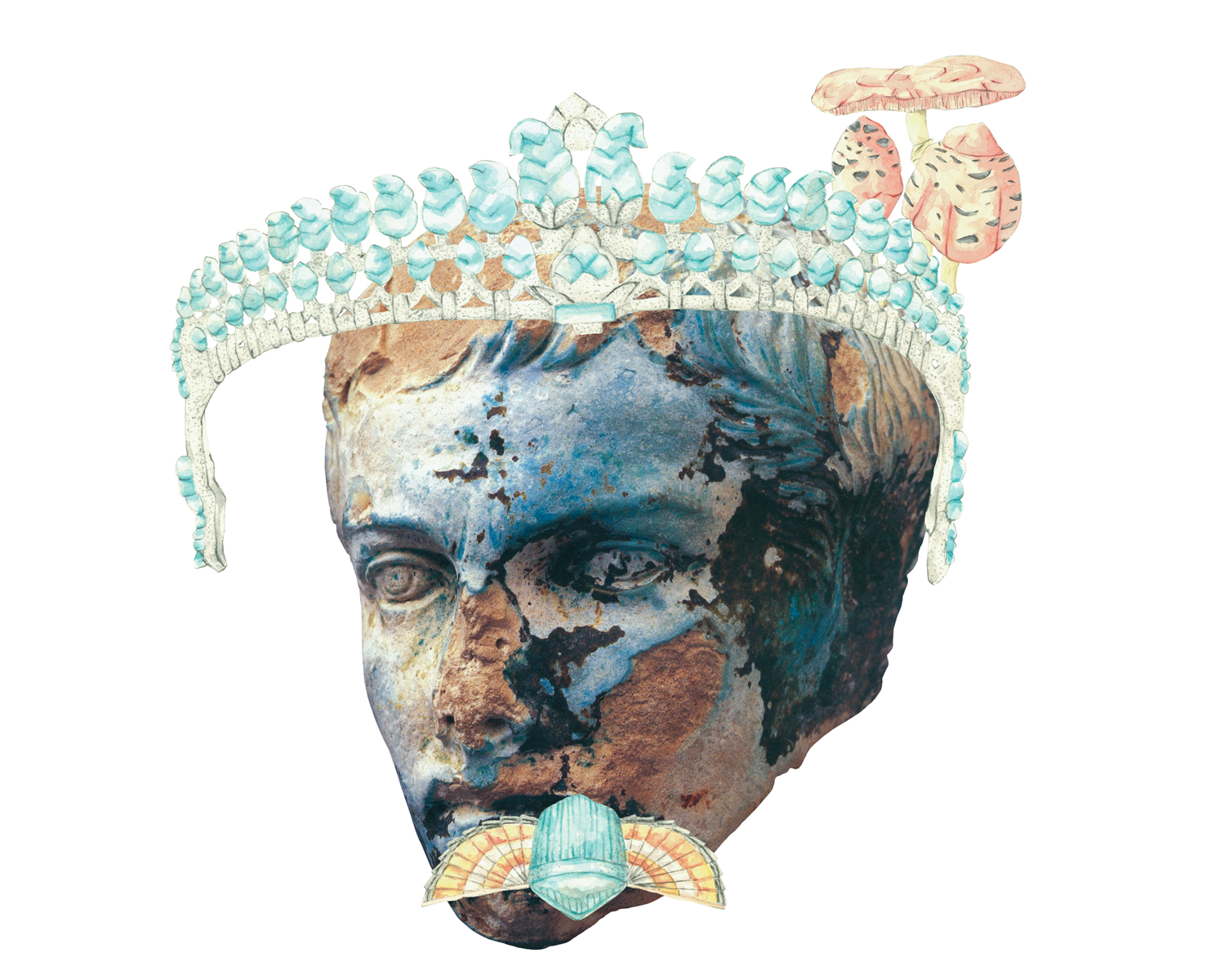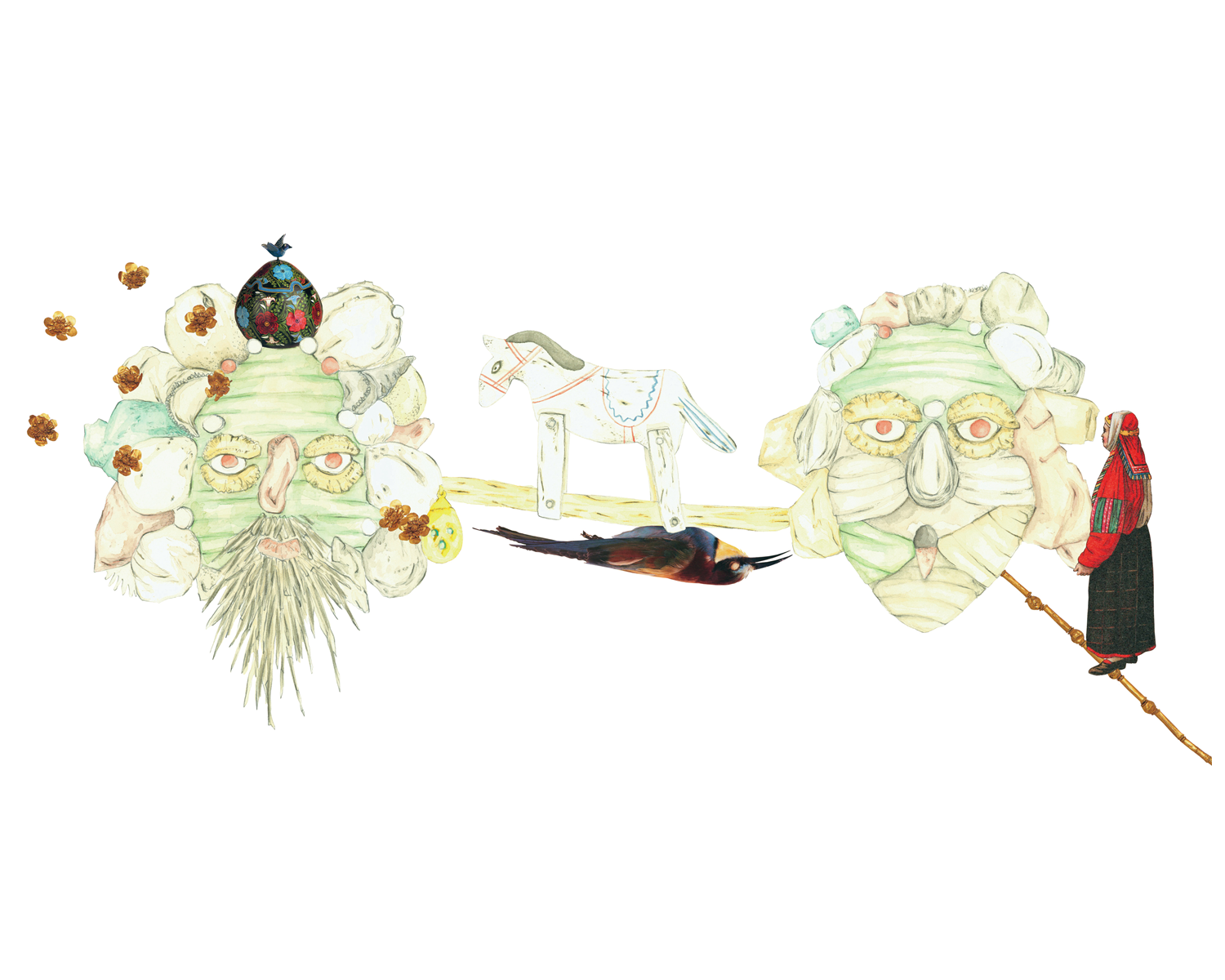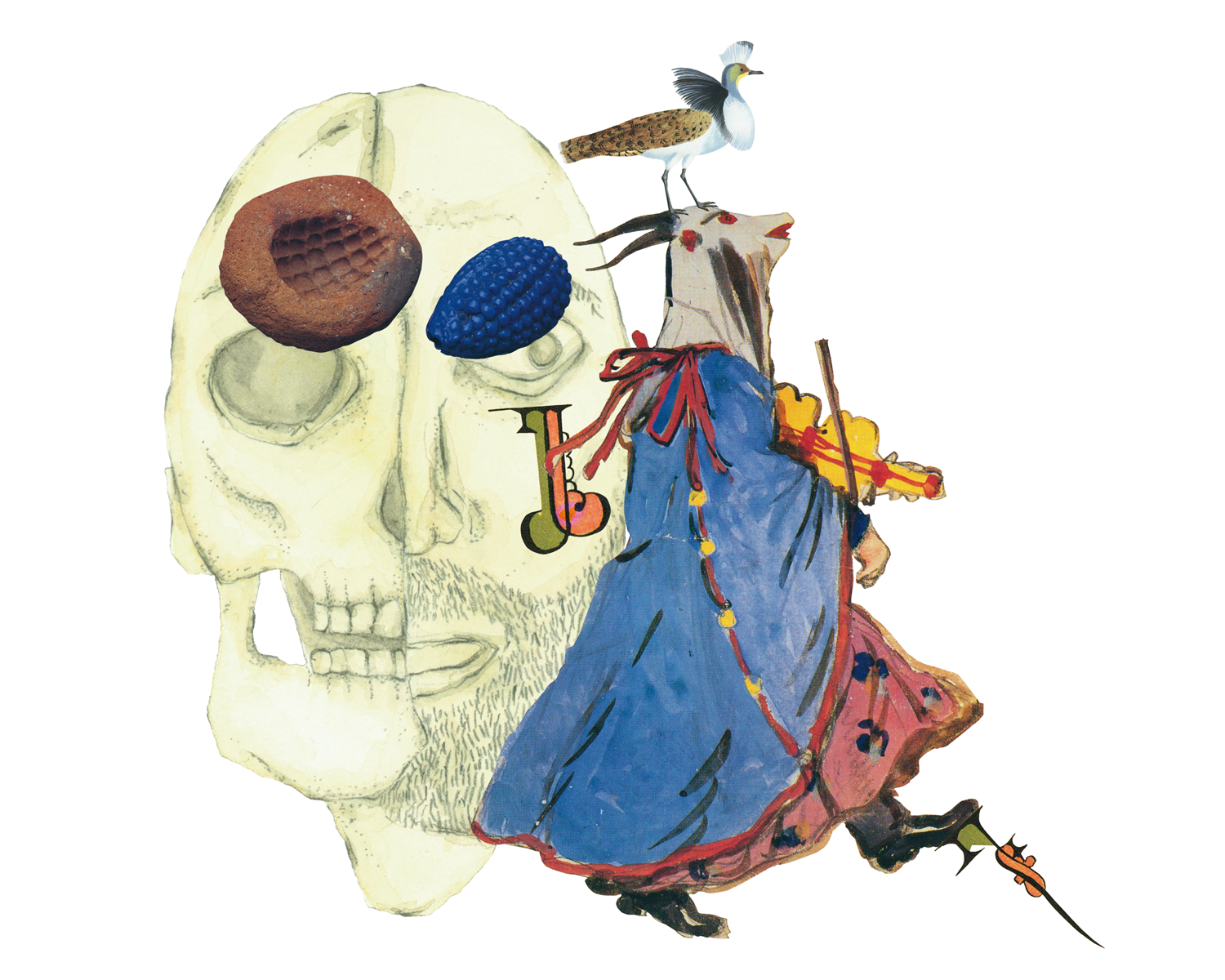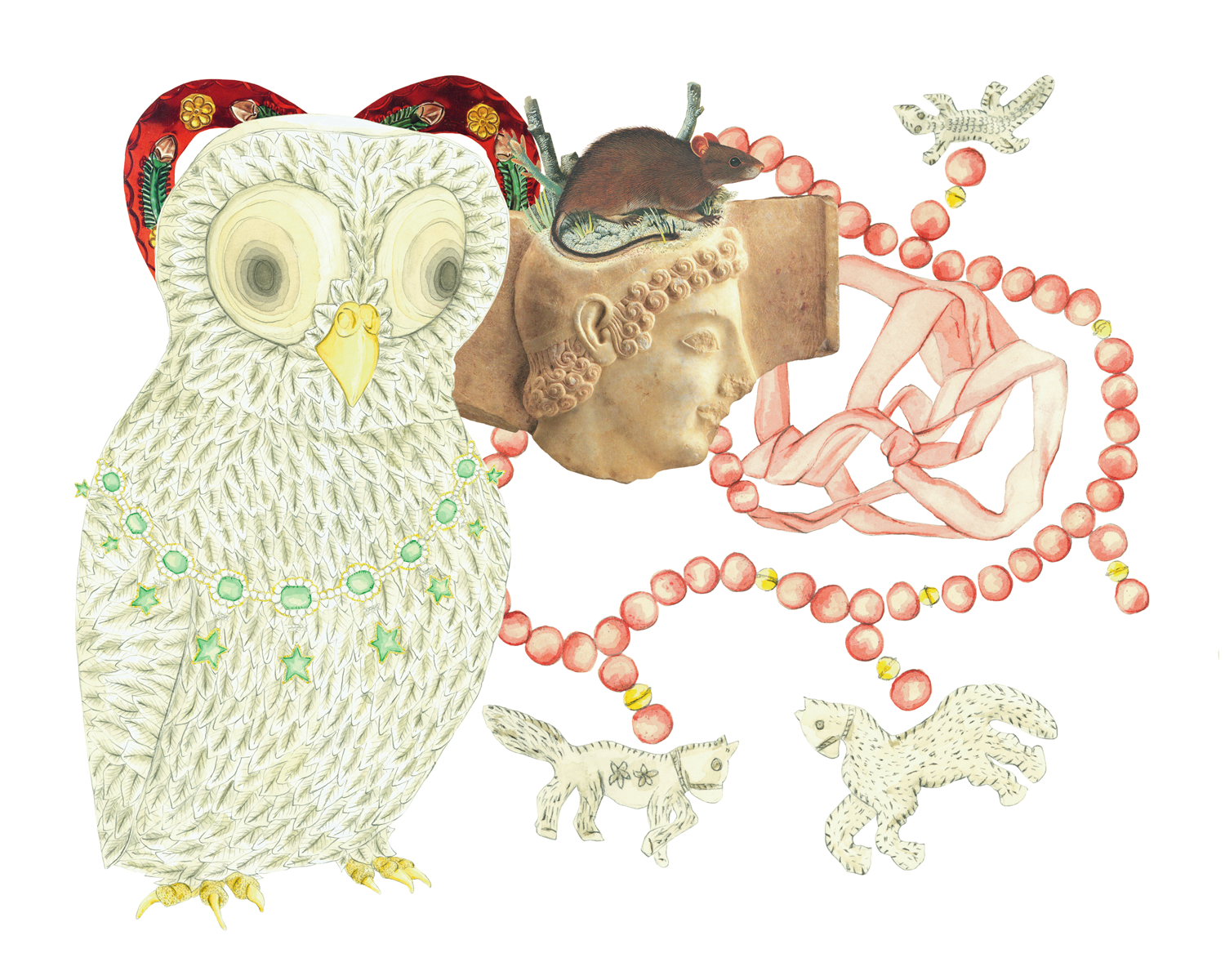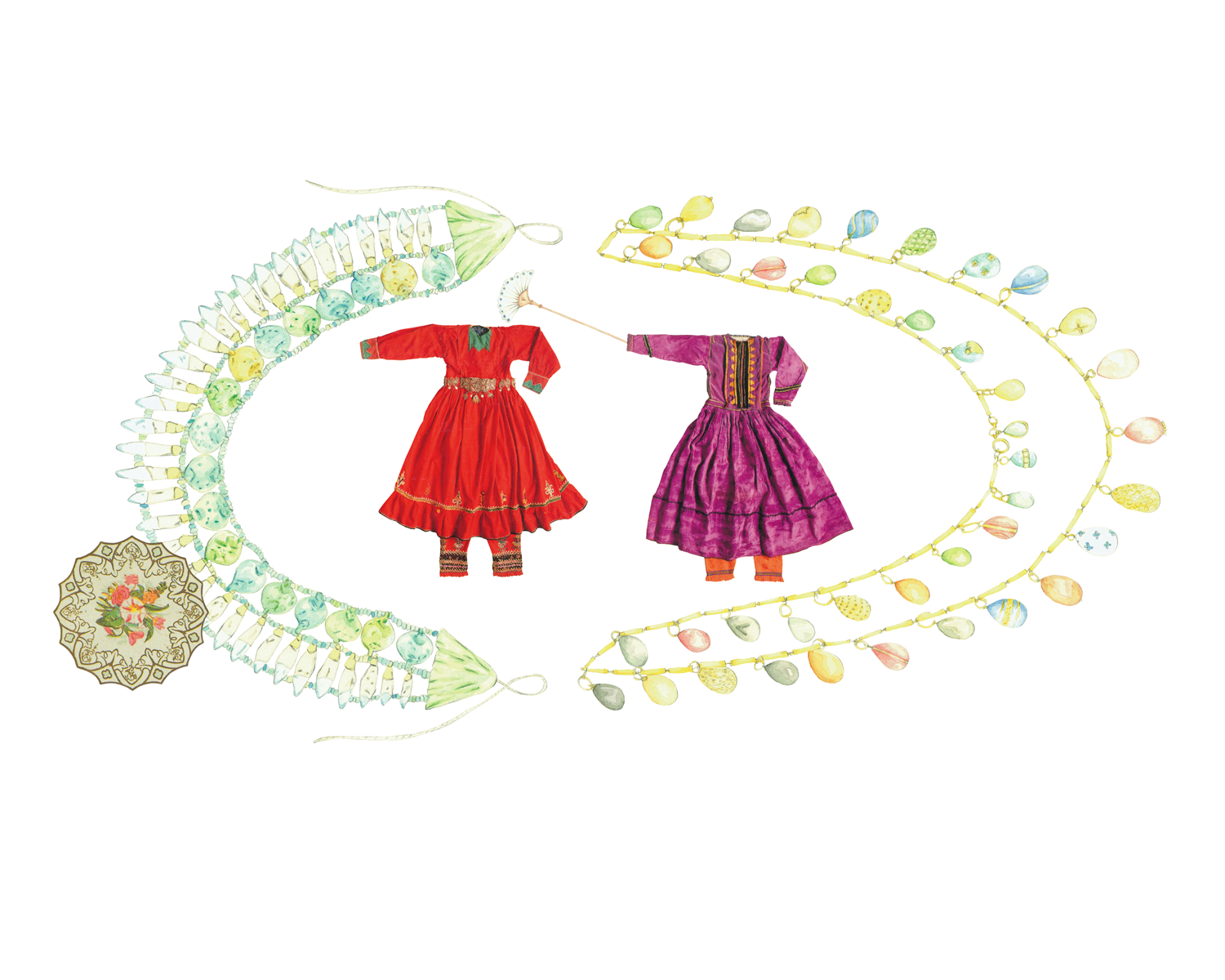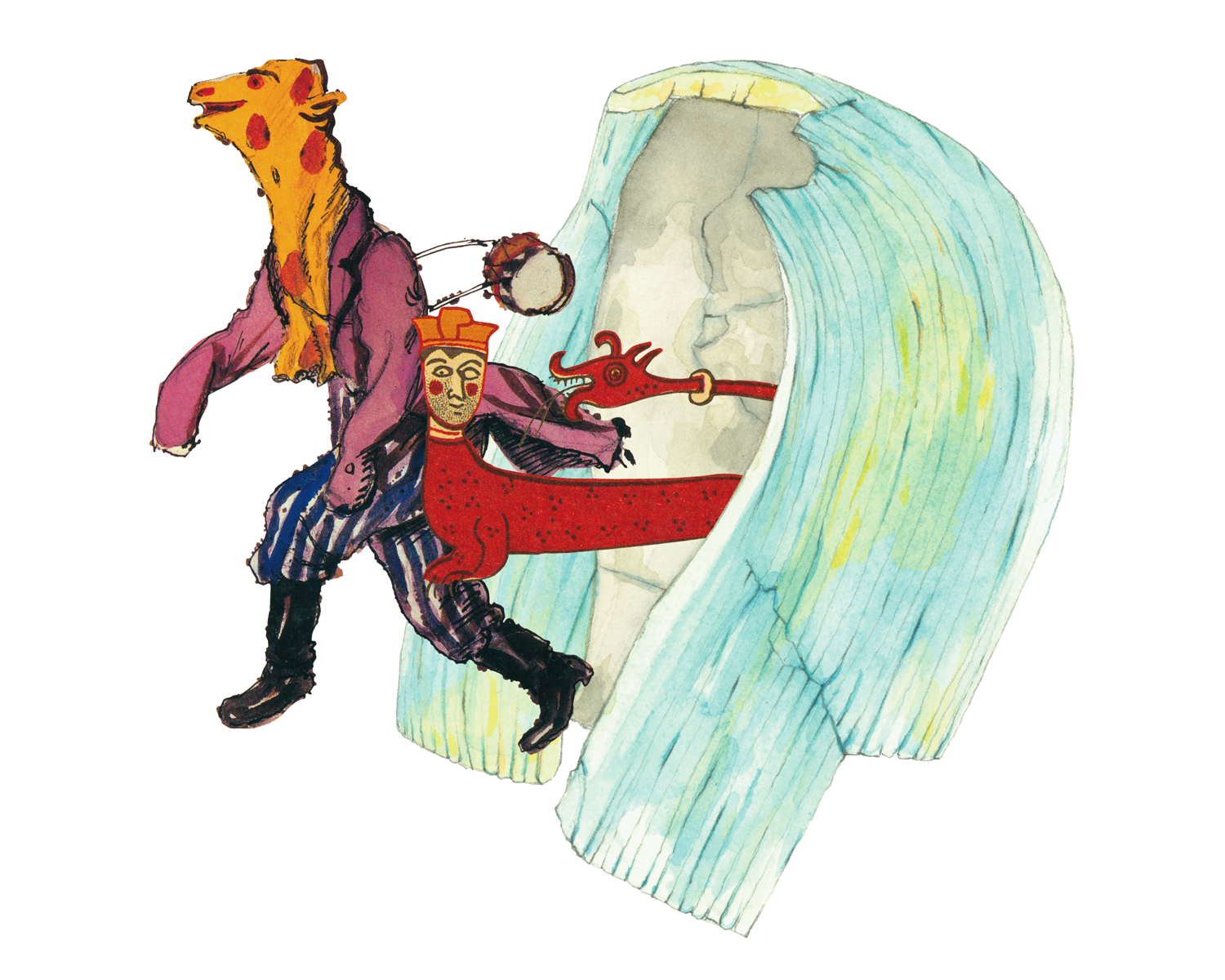THIS EVENING, HOWEVER, I AM THINKING OF THINGS PAST
Made for and exhibited as part of a A key to help make your own world visible.
Gracia Haby & Louise Jennison
This evening, however, I am thinking of things past
2009
Twelve page concertina artists’ book, four-colour lithographic offset print and colour pencil on Fabriano bright white 300gsm paper
Title page, watercolour and pencil on Fabriano bright white 640gsm paper
Printed by Redwood Prints
Housed in a 28cm X 24.5cm X 2.5cm balsa wood case with binding cloth (bound by Louise Jennison)
Edition of 12
Made for and exhibited as part of a A key to help make your own world visible (2009), an edition of this artists’ book was also exhibited as part of the 2010 Libris Awards: Australian Artists’ Book Prize, Artspace Mackay, Queensland, and is now in their collection. This artists’ book is also in the collections of the State Library of Victoria, the State Library of NSW, Deakin University Library, Melbourne University Library, and Artspace Mackay.
This evening, however, I am thinking of the past has since been exhibited as part of Focus on the Collection: Gracia Haby & Louise Jennison in the Foyer Gallery of Artspace Mackay (Friday 30th of November, 2018 – Sunday 3rd of February, 2019). The exhibition, drawn from the Mackay Regional Council collection, also included our artists’ books Find your place (2007); Small collection (2008); Postcards from... a key to make your own world visible (2009); A vagary of impediments & a sneak of weasels (2009); Tumble & fall (2009); Closer to Natural (2016); Prattle, scoop, trembling: a flutter of Australian birds (2016); and Paw Pad Path (2018).
Artists’ books 2000–2009
Our use of imagery from long ago can appear in one sense nostalgic, but as we did not live through the early 1900s, or ride like Neptune on a 16th century German automation fashioned in the shape of a tortoise, we feel this longing is misplaced, or, at the very least, somewhat skewed. Our use of imagery from periods long ago (coupled with the more recent) is desirable to us because it is liberating. We bring no personal association to the harvested image or gilded artefact. To us, it is an image that we can reshape to suit our own will. We know something of it from history and reading, of course, but it is not from our day-to-day and thus we can sidestep its suitcase in the hallway and make up our own narrative.
With this in mind, here, as you wade in our archives, it is hoped that you will discover new acquaintances of the collaged variety at the birthplace of Honoré de Balzac and in the ornate rooms contained within the pages of At the Château de la Malmaison tigers roam (2009). We invite you to feel what it is like to seek refuge in alien lands or to find yourself alone in a museum and yet still woefully out of place. Made collaboratively or otherwise, our artists’ books that reside here oft feature the animal as our protagonist. We’ve created scenes for them to run through, hide in or carve out as their own. Look to the words dotted throughout and the titles for a clue, but be warned, all is not always as it appears. Consider yourself forewarned.
The inner landscape and the greater literal world, the geography we map in many of these earlier artists’ books is dotted with keepsakes and clues, both true and shifty. Chantel’s red-beaded necklace, Sabina’s bowler hat, Fanny’s engagement ring, Ivan's hacksaw blade, the moon above, daffodils stolen from the gardens of the Louvre, a precious pre-Revolutionary coin: these are but a few of the things you will find arm-in-arm on the printed pages of our small Objects Gathered (2008) series of artists’ books.
Earlier still, on the page, before the eyes, rafts of extinct and near-to endangered mammals and birds await your gaze in The Case of the Lost Aviary (2005), a homage to Agatha Christie and her clever tales. Singing the Blues, in historical muddle, our Bavarian pine-voles and White-footed Rabbit-rats have been drawn as we imagined them to be, sporting prison stripes and ships perched atop their heads. Looking back further still, some of our characters call upon the stars above for guidance homeward whilst others remain stuck, struggling with the concept of seating in Find your place (2007).
Proceed. Backwards.
